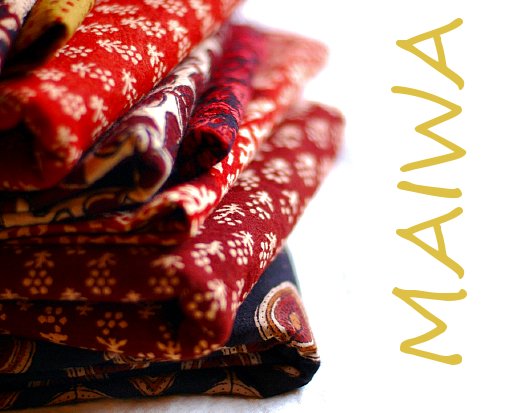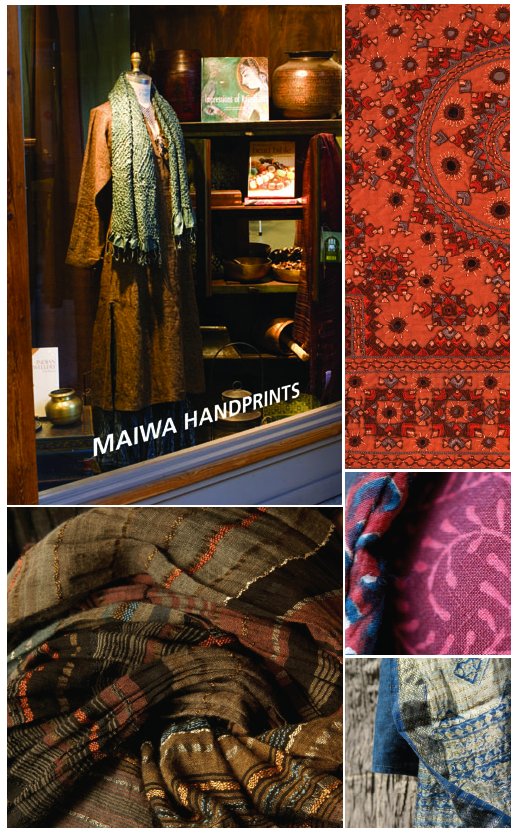
 Aren't these pieces gorgeous!? The beauty, passion, creativity, and techniques never cease to amaze me when it comes to traditional textile design. These pieces are called Suzanis and are hand crafted by the women of Central Asia. Usually the embroidery stitch used in these pieces are that of the chain stitch, so in the spirit of these beautiful embroidery stitches, I thought I would post a mini tutorial video i found on how to embroider a chain stitch!
Aren't these pieces gorgeous!? The beauty, passion, creativity, and techniques never cease to amaze me when it comes to traditional textile design. These pieces are called Suzanis and are hand crafted by the women of Central Asia. Usually the embroidery stitch used in these pieces are that of the chain stitch, so in the spirit of these beautiful embroidery stitches, I thought I would post a mini tutorial video i found on how to embroider a chain stitch!Making a Suzani: Each suzani is unique in design. To be a suzani designer was, and continues to be, the prerogative of specialists. Traditionally, the skill passed from mother to daughter and certain families became renowned within their communities for their patterns and symbols. Though the end product is distinctive, most suzani designs derive from the same compositional scheme; a central field surrounded by borders on all four sides. This scheme has a long tradition in the arts of central Asia, and in Islamic art in general.

Traditionally, suzanis were made entirely by hand and could take around 18 months to complete. Cotton was the most common ground cloth, woven into long strips about 12” wide. Anywhere from three to six strips were tacked together to create a large piece of cloth. Using black ink, a designer would draw, often freehand, a pattern on the cloth. Once the color scheme was agreed upon, the stripes were separated so that different women could work on the embroidery simultaneously. When the embroidery was complete, the strips were sewn together again. Sometimes the embroidered motifs and colors did not align precisely when the strips were rejoined. Such inconsistencies were not flaws, but simply by-products of the process.
Suzanis are particularly valued for the fineness of their embroidery and the skillful use of contrasting colors that result in bold, vibrant designs. Variations of chain stitch and couching are the most common stitches. By changing the direction of the stitch, changing stitch length and color, a woman gave texture and energy to a motif. Read More Here...






